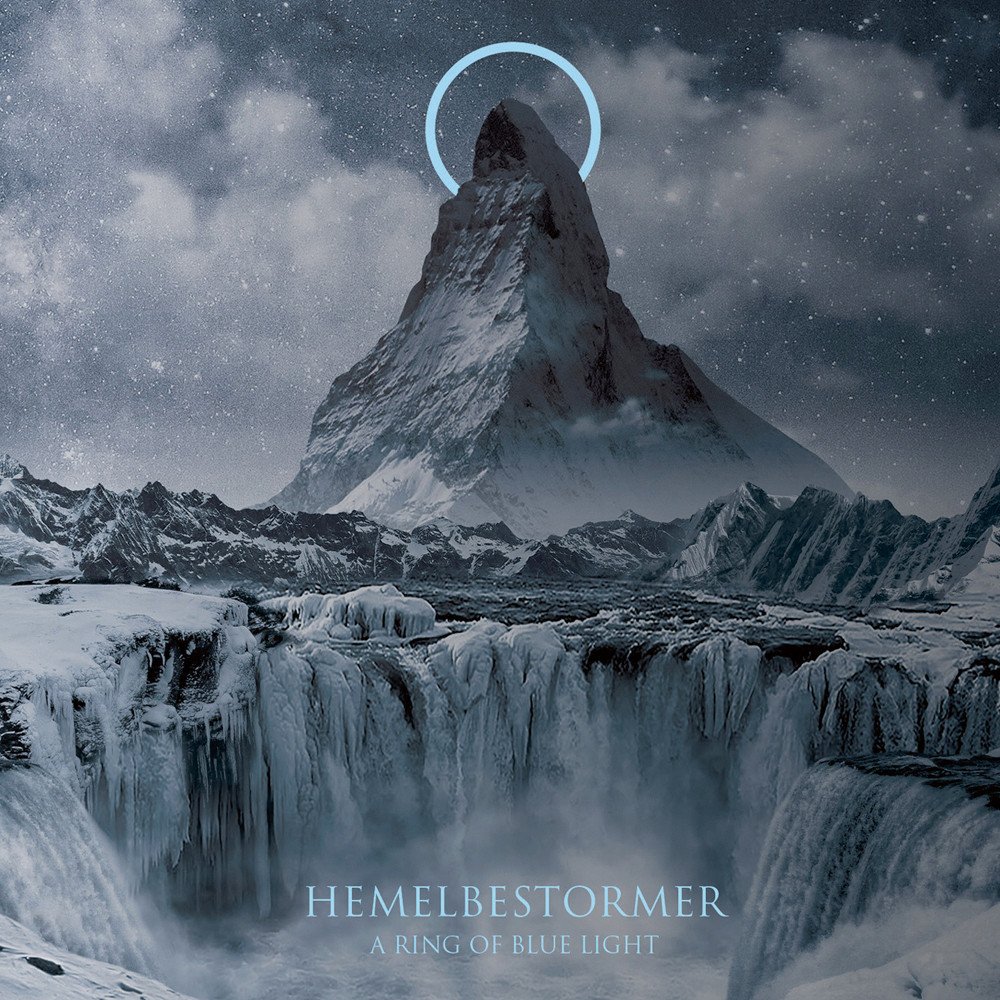 Hemelbestormer are four gentlemen from Belgium with a musical background in hardcore, doom and black metal. Their new album, A Ring of Blue Light, features instrumental post-rock with ambient, experimental and doom elements. All tracks have been named after astronomical phenomena, the last track, The Serpent Bearer, being the only exception.
Hemelbestormer are four gentlemen from Belgium with a musical background in hardcore, doom and black metal. Their new album, A Ring of Blue Light, features instrumental post-rock with ambient, experimental and doom elements. All tracks have been named after astronomical phenomena, the last track, The Serpent Bearer, being the only exception.
“Hemelbestormer” is a Dutch word for an idealist, someone who aims for the stars or pursues an impossible goal. I would say that attempting to put the universe to music pretty much qualifies as such a goal. It is an impossible undertaking. Nevertheless, if you listen closely to all the tracks on A Ring of Blue Light you’ll see that it has been managed, at least to some degree.
The album starts out with Eight Billion Stars, an extended instrumental, like most of the tracks. Repetitive, dark and deep tones, create a cold and heavy atmosphere. Later on, more varied sounds are added. One can interpret the dark, repetitive tones as the ever-present laws of physics, the foundation of our universe, and the lighter and spherical sounds as the structures and formations they have produced. The video to the track is minimalistic, in black and white, but effective in intensifying the music, featuring pictures of space.
The second track, Clusters, differs somewhat from the rest of the album in that it is a fairly short, unmelodious piece of experimental music. Nevertheless, it is consistent with and fits well into the concept of the album. In astronomy, clusters are groups of stars bound together by gravity, and one can really hear the gravity and its force in the deep, monotonous sounds of the track, as well as the light emitted from a cluster’s stars in the high, spherical tones.
The heavy and dark atmosphere established by the first two pieces is abruptly and somewhat unexpectedly disturbed by Towards the Nebula. The third track is a complete contrast to what we’ve heard so far, at least in the beginning. The music is very melodious, spherical, with a much faster tempo. However, if you consider the title, you can understand what has been attempted here. Nebulas are clouds of dust. They are much lighter and more delicate than other space objects, therefore a sound that is faster, that involves more movement, that is playful makes sense.
Redshift, the fourth track, is the longest composition on the album, lasting over 14 minutes. Redshift and blueshift describe how light changes as objects in space move closer or farther away from us. The music in Redshift, likewise, is in turns louder or quieter, simple or more complex, melodious or unmelodious.
The most interesting aspect of the album might be the addition and naming of the last track, The Serpent Bearer. Serpent bearer or Ophiuchus is the name of a large astrological constellation commonly represented as a man grasping a snake. The track and its title establish a link between astronomy (science) and astrology (mythology). While we’ve dealt with pure physics so far, suddenly there is a story. You can hear drama and danger in The Serpent Bearer. It is also the only track that includes speech in the form of radio chatter and coordinates being cited in the background. I find the attempt to link astronomy and astrology very intriguing, because people have always tried to explain the observable (physics) with the mythological. The ultimate question is not HOW did the universe come into existence, but WHY does it exist. Pure physics can’t help you with that question.
A Ring of Blue Light is a very ambitious project, a project that is fitting for a band calling themselves “Hemelbestormer”. However, it might have gotten somewhat out of hand. There are great bits of music on the album, but some tracks are so long, so varied and complex that you lose track of the initial idea. The album is worth checking out, though. If you’re a fan of post-rock and astronomy, A Ring of Blue Light by might be the album for you.
(8/10 Slavica)

Leave a Reply